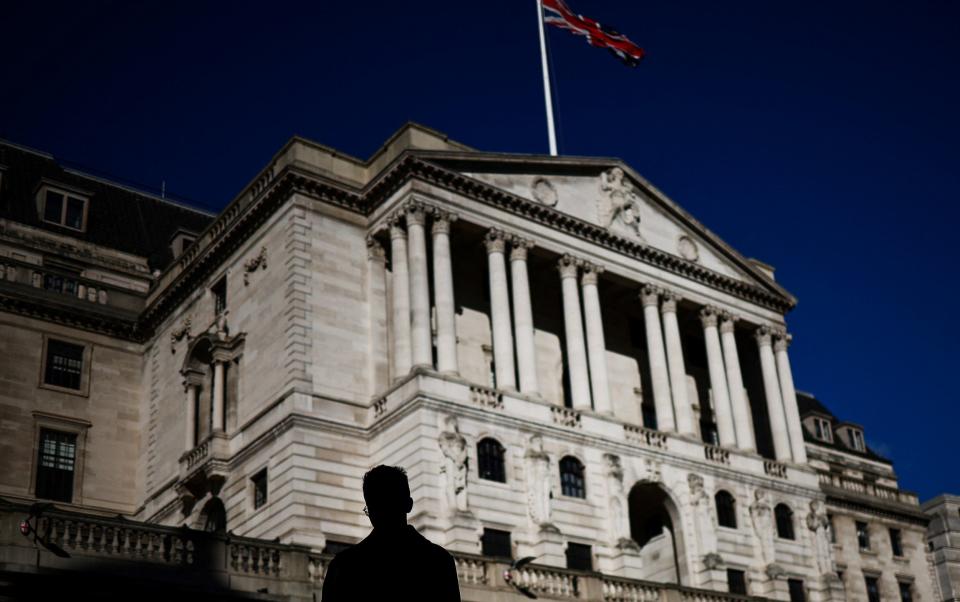High street lenders make £9bn profit from Bank of England money-printing spree

Major banks made a profit of more than £9bn from the Bank of England’s money-printing programme last year.
Four large high street lenders were paid £9.3bn in interest on reserves parked at Threadneedle Street last year, more than double the £3.9bn they were handed in 2022. Losses suffered by the Bank of England are ultimately borne by the taxpayer.
The payments are largely a legacy of quantitative easing, where the Bank pumped newly created money into the economy during the financial crisis and Covid pandemic.
Threadneedle Street used this money to buy bonds, typically from high street banks, who then parked the cash in Bank of England accounts where it earns interest.
Rising rates have driven up profits for the banks as a result. In correspondence with MPs on the Treasury Select Committee, NatWest revealed it was paid £2.9bn last year, Lloyds Banking Group £3.6bn, Santander £1.9bn and Barclays £1.9bn.
Dame Harriett Baldwin, chair of the Treasury Select Committee, said the new figures show “the staggering scale of unanticipated income high street banks are bringing in, with no work required, as a result of increased interest rates”.
When rates were low, the returns the Bank of England made from its bond investments were higher than the interest payments it made to banks, generating a profit that was handed over to the Treasury following a decision by then-Chancellor George Osborne in 2012.
However, now interest rates have gone up, the institution is making a loss. The agreement struck by Mr Osborne means this is borne by the Treasury, with an expected £100bn cost to taxpayers.
Some economists have suggested limiting the amount of interest banks can earn from the Bank of England, to lessen the pain – a proposal being considered by Labour and backed by the former Prime Minister Gordon Brown.
But Dame Harriett, a Conservative, said it is too late to change the rules.
She said: “Although the Committee raised a number of concerns about the losses now being incurred by quantitative easing and tightening, we concluded that the goalposts should not be moved for lenders now that bond sales are running at a loss.”
Dame Angela Eagle, a Labour MP on the Treasury Committee, said the £9bn is a “striking amount of money”.
She said Britain should look at the system in other countries which do not typically pay as much to the banks via reserves.
Ms Eagle said: “There are all sorts of options. You could look at having a lower interest rate, you could look at not paying interest at all. It depends how tight you want the so-called corset.
“There might be a case for having a capacity to loosen and tighten depending on what financial conditions are.”

 Yahoo Finance
Yahoo Finance 